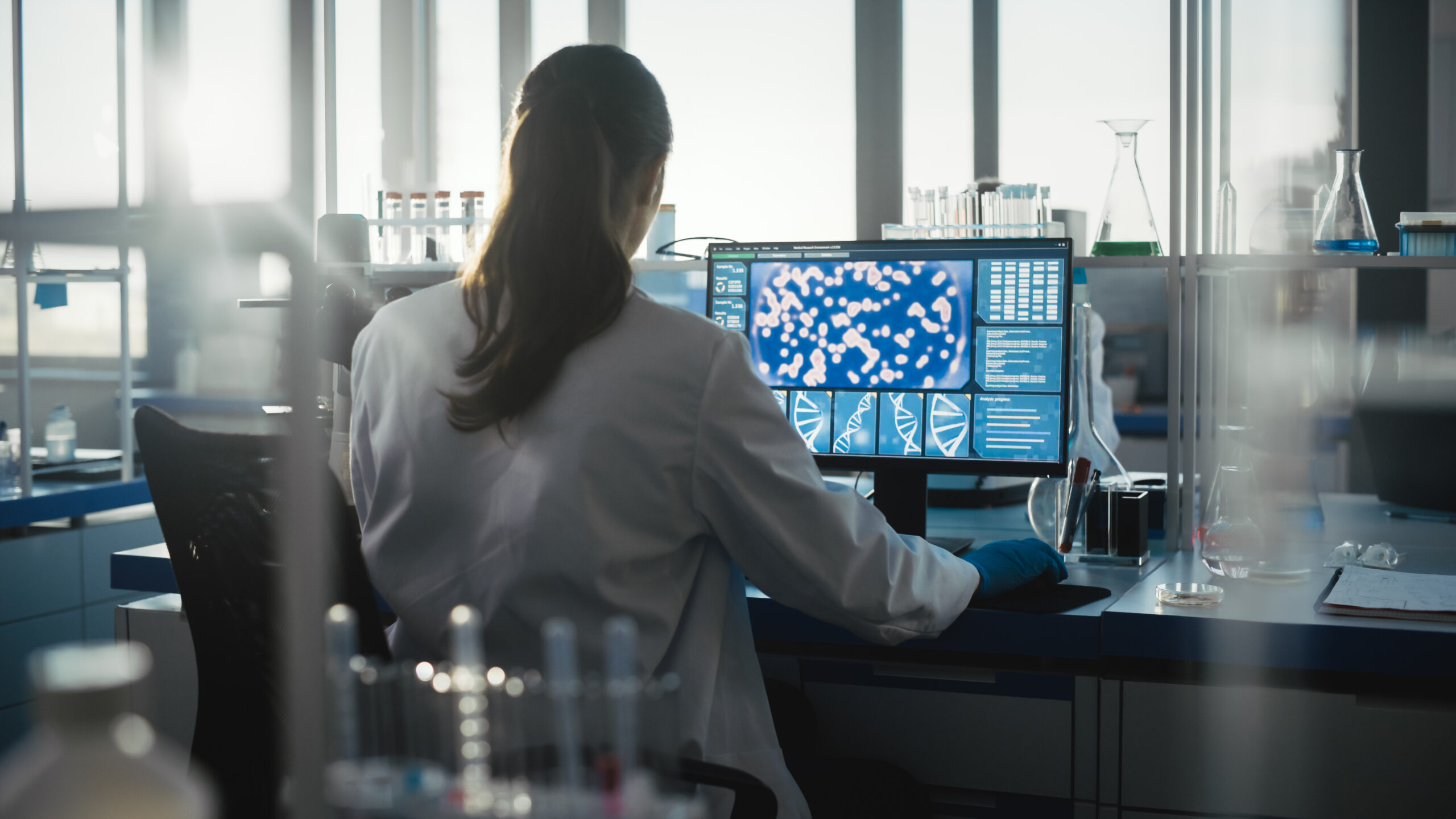
Molecular Analysis: Harnessing the Power of Genetic Information for Environmental and Healthcare Insights
DNA Sequencing and Genomic Analysis: This analysis unlocks the genetic code of microorganisms to study their diversity, evolutionary relationships, and functional potential. It involves sequencing DNA samples, analyzing genomic data, and utilizing bioinformatics tools to gain insights into microbial genetics and gene expression.
- DNA Sequencing:
- 16S rRNA Sequencing:Targeting the 16S rRNA gene for bacterial identification.
- 18S rRNA Sequencing:Targeting the 18S rRNA gene for eukaryotic microbial identification (e.g., fungi, protists).
- Internal Transcribed Spacer (ITS) Sequencing: Sequencing the ITS region for fungal species identification.
- Plasmid Sequencing
- Whole Genome Sequencing (WGS):Analyzing entire genomes for comprehensive microbial identification and characterization.
PCR-based Microbial Detection: Polymerase Chain Reaction (PCR) is a widely used molecular technique for detecting and identifying microorganisms in various sample matrices. This topic explores the application of PCR in microbiology, where specific DNA sequences of microorganisms are amplified and detected using primers targeting conserved regions (16S rRNA gene for bacteria or the ITS region for fungi). PCR-based microbial detection offers high sensitivity and specificity, enabling rapid and accurate identification of pathogens, including bacteria, viruses, fungi, and parasites.
- Identification and Enumeration of Culturable Bacteria/Fungi (Genus Level ID and Species Level ID Avaliable):
- Bacterial Identification & Enumeration through PCR and DNA Sequence Analysis (Culturable – Top 3 Prominent Organism Types)
- Fungal Identification & Enumeration through PCR and DNA Sequence Analysis (Culturable – Top 3 Prominent Organism Types)
Metagenomics: This analysis explores microbial communities and their functional potential by studying the collective genetic material present in environmental samples. It helps identify and characterize microorganisms that may be difficult to culture, providing insights into their roles in ecosystems, bioremediation, and human health
- ERMI Test (Environmental Relative Moldiness Index) by qrtPCR (Quantitative Polymerase Chain Reaction)
- Legionella Screen Test by qrtPCR (Quantitative Polymerase Chain Reaction) (identifies L. pneumophila, L. pneumophila serotype 1, and Legionella spp. in one qPCR test)

